Gardening In Red Clay Soil? You’re Better Off Than You Think
As an Amazon Associate and member of other affiliate programs, I earn from qualifying purchases.
Clay soil gets a bad rap for being hard to work with, but it’s really not a bad place to start. Clay soil offers many benefits one of which is that it tends to hang on to nutrients and water. But with all good things come some bad. The worst thing about clay is its tendency to get clumped up and form rocks, so understanding how to work with it is key so you don’t make things harder on yourself.
What is clay soil?
All soil is composed of varying proportions of sand particles, silt particles, and clay particles. Of the three particles, clay is the smallest, and it is very sticky. Because of that, it’s a great medium for nutrient and water retention, but it also tends to get very dense and compacted.
Here’s a video explaining the mason jar test to determine how much clay is in your soil.
If your soil is composed of 50% clay or greater, you have clay soil.
A lot of people think that clay soil is hard to grow in, but it’s actually a good soil for gardening because it retains nutrients and water quite well. On the other hand, the same qualities that cause it to retain moisture and nutrients cause it to be very dense, and too much density can smother plant roots.
Why is some clay soil red?
It’s the iron oxide (aka rust) component of our clay soil is what causes it to be so red. Red clay soil tends to be acidic and low in calcium which is why we often add lime to raise the pH and add some of the missing minerals. Although I call it Georgia red clay, red clay soil can be found in many areas of the southeast and other parts of the country. Here is a map showing areas of the US where red clay is commonly found.
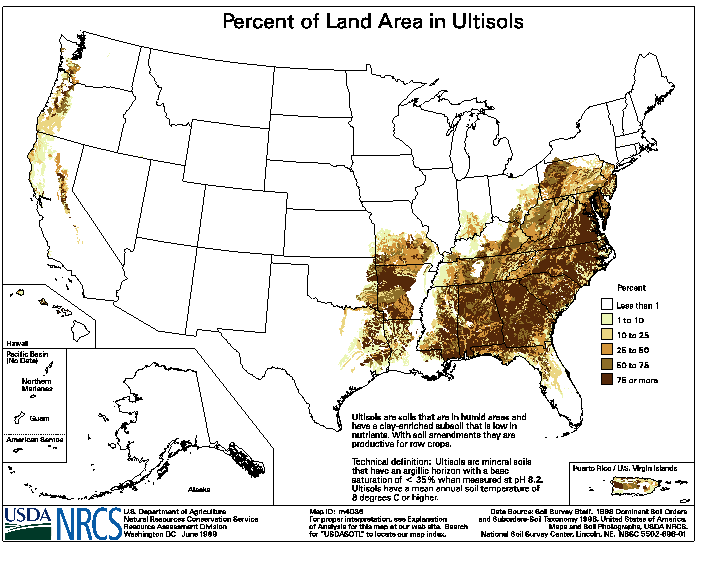
How Not To Work With Clay Soil
The most important advice you can get for working with clay soil is how NOT to handle it. Here are the 3 most important things not to do with clay because they can cause disastrous and permanent results for your garden.
1) Never ever work it when it’s wet
If you start digging around clay soil when it’s wet, you’ll create areas of super compacted soil that basically turn into rocks. This is a great reason to get your spring garden ready in the fall or winter because having to wait for your soil to dry in the spring can put you days to weeks off track.
2) Never ever leave it bare
Clay soil will form a thick impermeable crust when it’s bare, so naked clay soil will lead to a major runoff problem when it rains. Wheat straw and wood chips are good choices for mulching on clay soil. In addition to mulch, using cover crops is a great method for improving clay soil in garden beds that are resting. Winter rye and red clover are two of my favorites for increasing organic matter and blocking weeds in your garden bed.
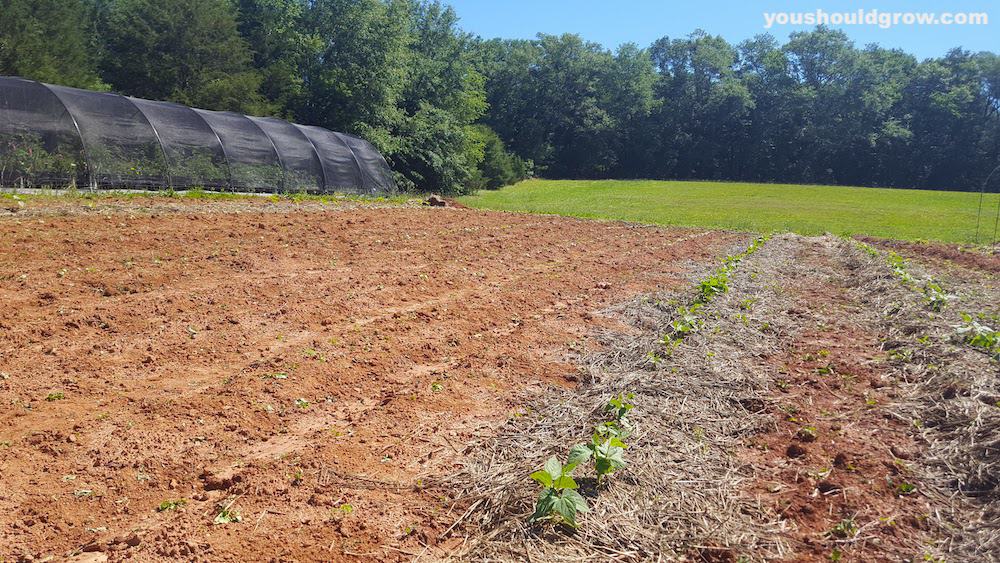
3) Be super careful adding sand
It seems like an intuitive decision – add sand to make clay soil more permeable. But in reality that is a dangerous move. You’ll have to add enough sand to your soil that sand comprises about 50% of your garden soil. And if your proportions are off, mixing sand with clay will turn it into a substance like concrete.
And there’s no going back to undo it.
What should you do with clay soil?
First and foremost, do not be afraid to plant directly into your clay soil. We have super dense Georgia red clay soil, and we can easily grow most veggies in it just fine. If you want to improve heavy clay soil for planting, there is one easy thing you can do. Plus I have some tips for growing vegetables in clay soil.
Ready? Ok.
Amending clay soil
The best thing you can do to improve clay soil is to keep adding organic matter at every opportunity. Organic material improves aeration and drainage, adds nutrients, and encourages insects and a healthy microbial environment. Best of all, it’s super simple to do. If you’re keeping a cover crop or mulch on your soil, these can be worked in for organic matter. Compost is an excellent way to improve the nutrient content as well as the health of your soil.
Reiterating point number 2 above, the most important thing when gardening in clay soil is to always mulch around the base of your plants. Especially in clay soil which forms a crust that actually repels water. For mulch, we like a combination of a barrier like paper or plastic mulch topped with straw or wood chips. This helps retain moisture in the soil, block weeds, and control the temperature at the base of the plants.
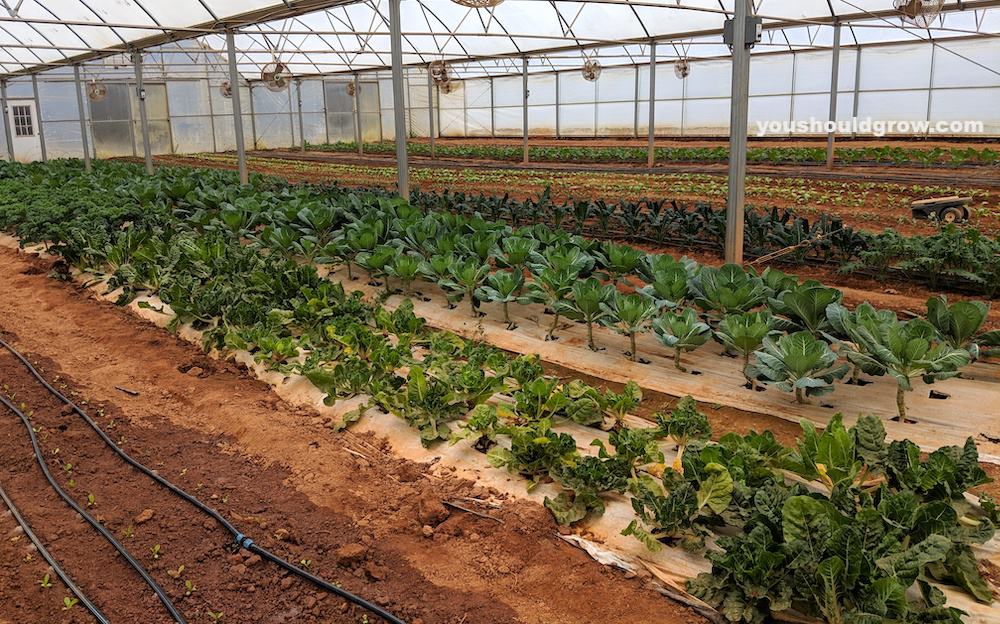
Water as needed, but don’t overwater
Just because we say that clay soil retains water doesn’t mean a garden in clay soil needs to be watered less. But you do have to watch out not to over water.
● Are your plants green and lush? Do they have flowers? These are happy plants. Keep doing what you’re doing.
● Are the leaves yellow and limp? It could be too much or too little water. Stick your finger in the soil to find out.
If it’s not too wet or too dry, it could be a nutrient issue or one of these other reasons for leaf problems. We also still have to fertilize clay soil gardens. Dosing your plants with an organic liquid fertilizer every 2-4 weeks is recommended.
Amendments not recommended for clay soils
Sand – you would have to add an entire beach to get desirable soil. Too little sand can create more dense soil and form solid, brick-like clumps.
Peat moss – the super absorptive qualities of peat moss are not desirable in clay soils that already drain slowly. You could create something more like a bog by adding peat to clay garden soil.
Gypsum – not all clay soil is created equal. Some types of clay are more alkaline, and gypsum is a fine additive in those soils. However, if your clay soil is acidic (like our Georgia red clay), gypsum is not recommended.
Silty soil is similar to clay soil
Silt particles are close to clay in size, only a little bigger. But they’re still much smaller than sand. Silty soils are heavier soils that retain moisture and nutrients, but they drain better than clay soils. Treat silty soil like clay soil. Add organic matter to improve aeration and drainage, and avoid materials that retain moisture like peat moss and vermiculite as you could end up with a soggy mess.
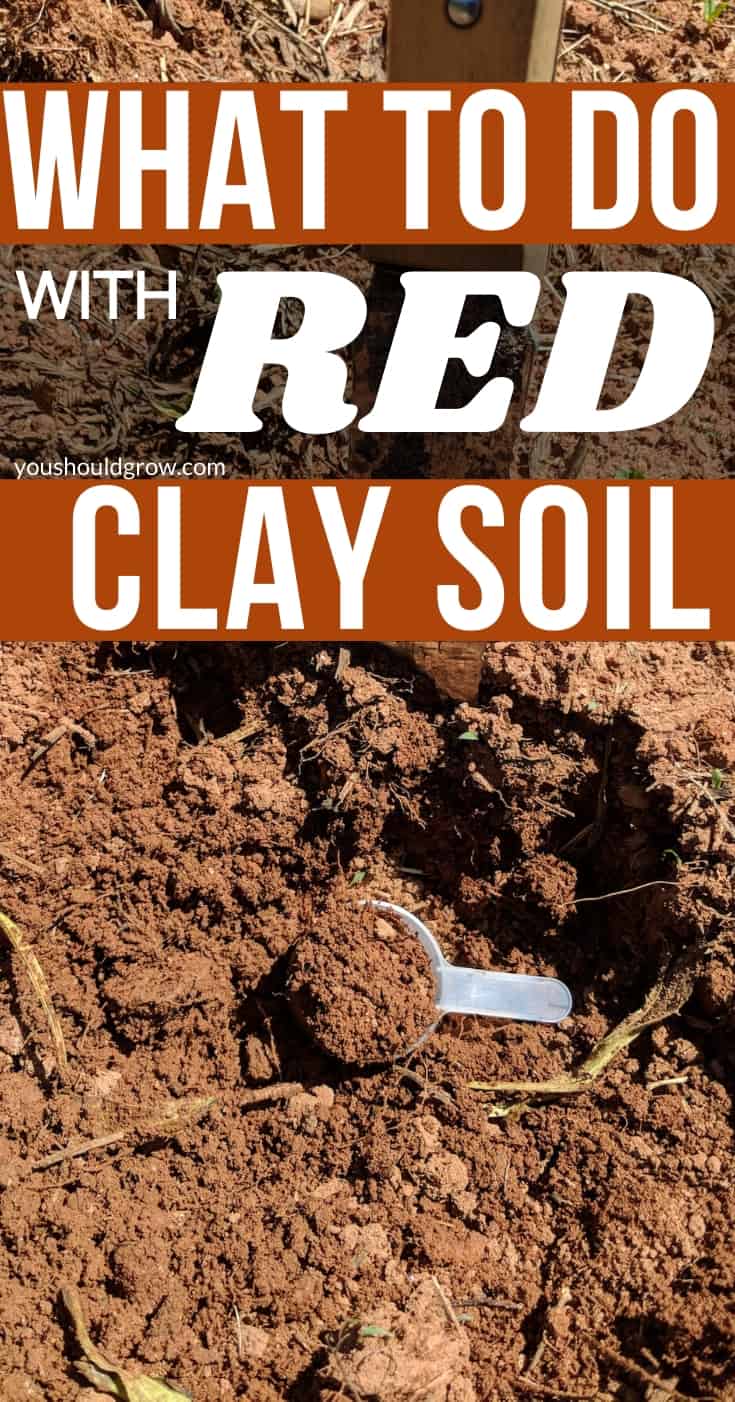




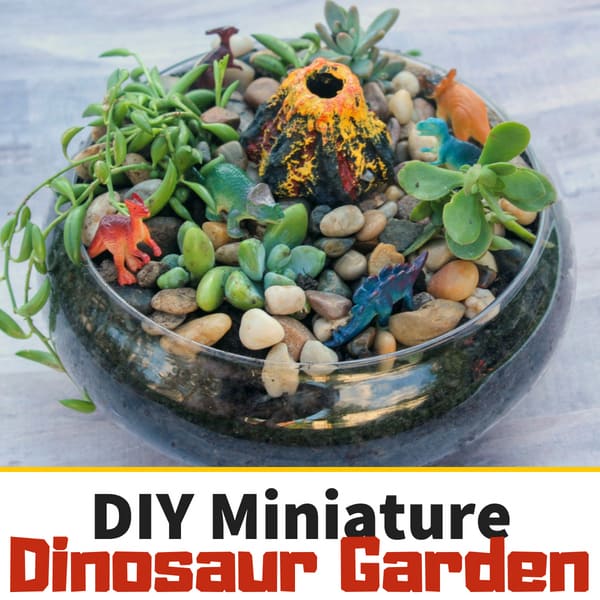
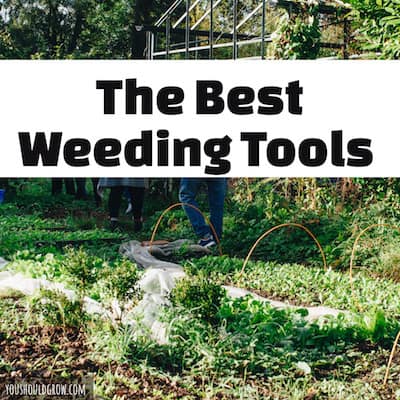
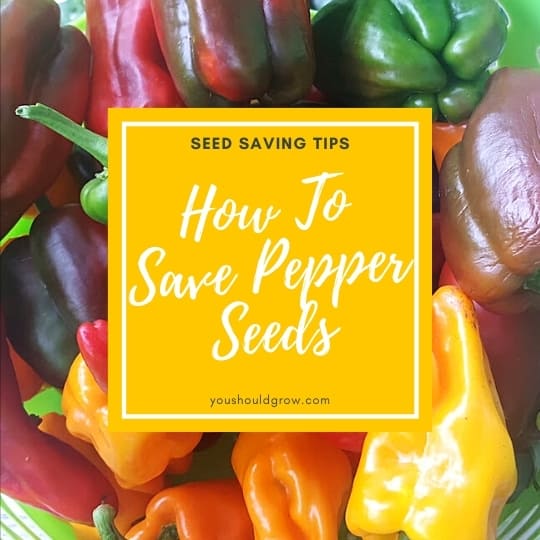

Thank you for the importance knowledge may your have garden always grow and harvest well
Thank you. I am starting new raised beds in Atlanta at my daughter’s home. (Covid19). The soil is red clay and I just started my mason jar test. The beds are raised so what do you suggest. I was planning on a later of leaves (she is florist) then making my own soil combo with coco pear moss(already purchased before I heard bad for clay and environmentalists) mushroom compost and worm castings. Help
I collect all cut grass and and dead tree leaves to form a 4 x 4 x 4 pile to create compost. I have used a compost accelerator to speed the process. In 2021 I created over 300 lbs and used it to grow vegetables in my 4 x 4 x 8 foot above ground vegetable garden. I purchased vegetables from our local Farmer’s Market and planted them using Dr. Jimz’s products. The yields were amazing: approximately 60 lbs of tomato’s alone. I had to enclose the plants with bird netting to keep the hungry birds at bay ! Check out Dr. Jimz’s products, there is the Chicken Soup for the soil, I plan to get ASAP for my lawn renovation project.
Wow so I just lay the dead tree leaves and cut grass on the soil and that is compost? Do I just plant the vegetation directly on top?
Compost, compost, compost! Absolutely the best thing to do for ANY clay soil.
I’m from Colorado where they have a clay soil called bentonite. The stuff is wretched and like trying to grow in concrete. It swells up when wet and “crushes” the roots.
We added hundreds of pounds of compost (thankfully we have horses) over 3 years and finally got decent soil for gardening.
Bentonite is an extremely wonderful clay. You are lucky you have it. Read up on benefits, I think you will be happy. Send me some! I will gladly buy it off you!
Hey Melissa, Is bentonite the name of the red clay soil?
How do I compost on a clay soil? Sorry newbie here 😹
Help My clay is so hard I can’t even dig in it. Bulldozers have had trouble. What Should I do? I want to start the shade garden